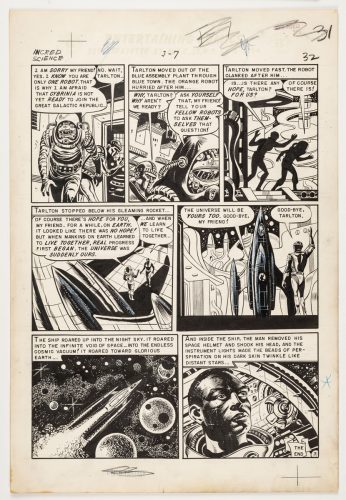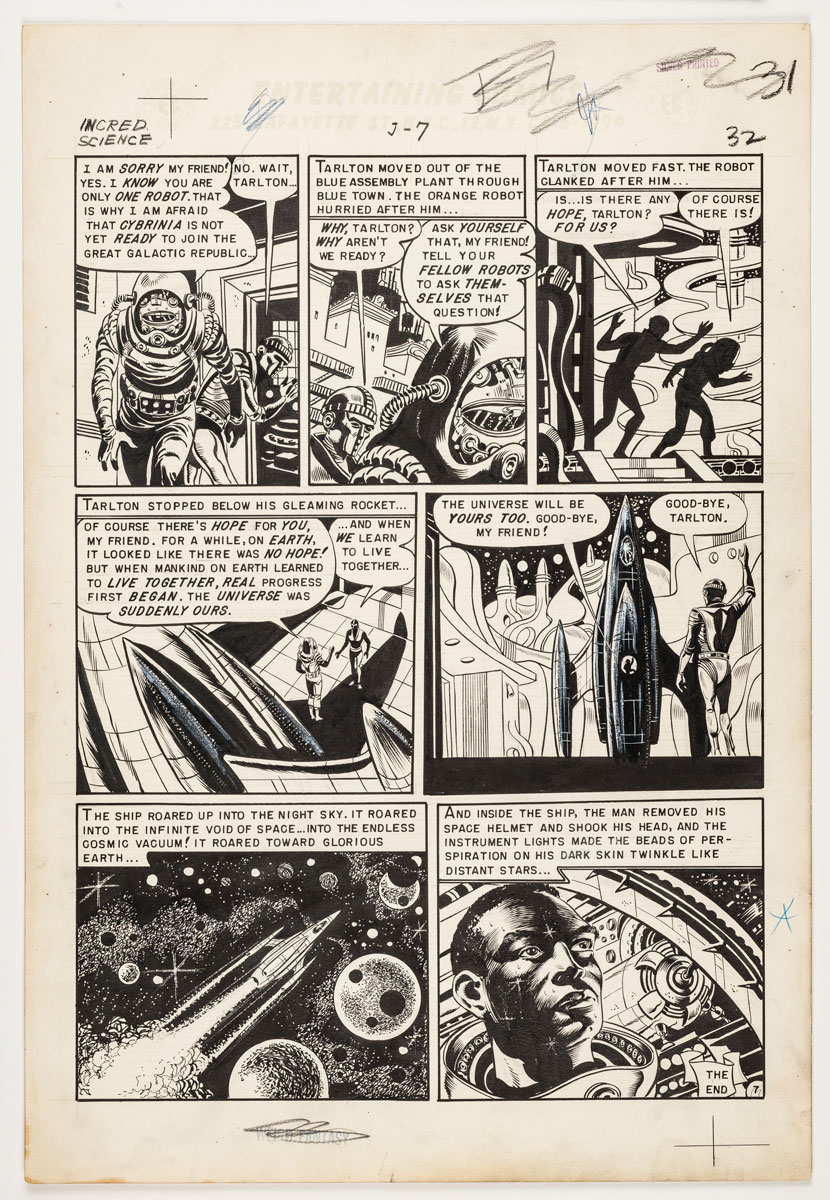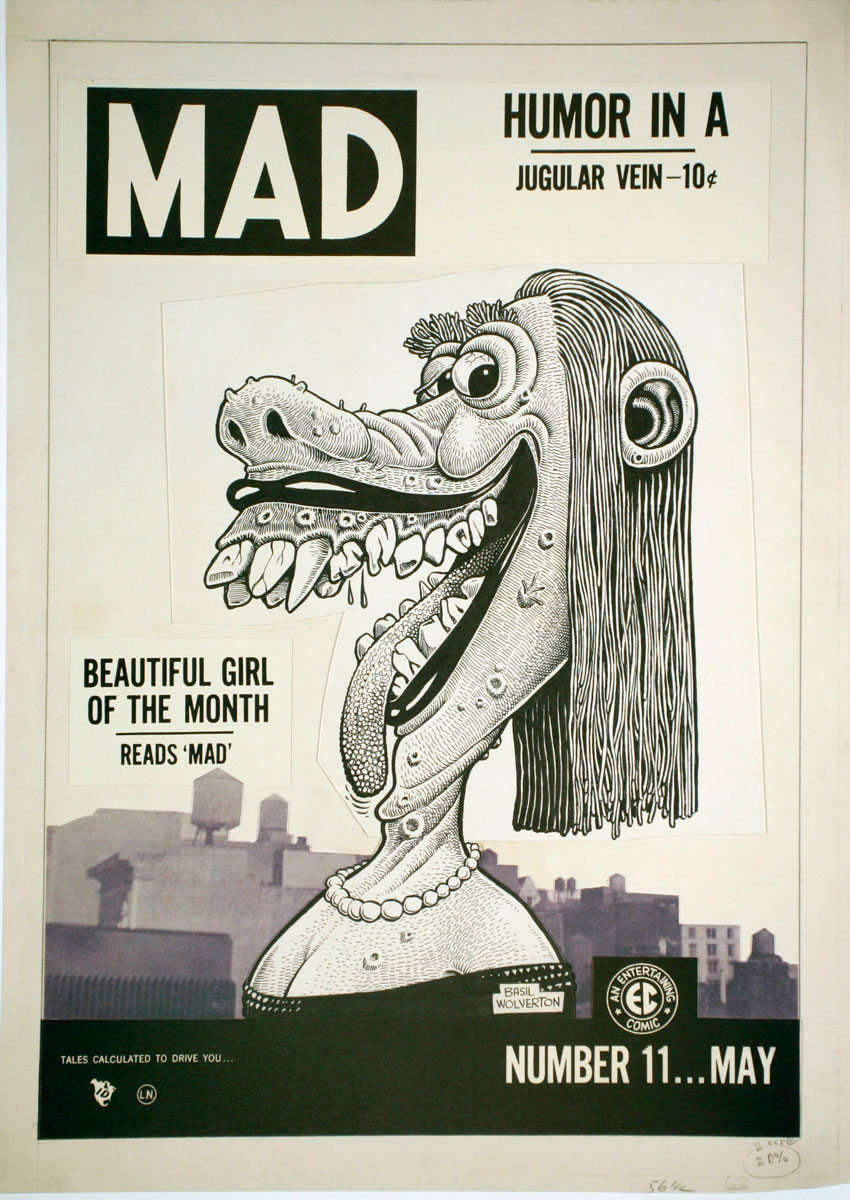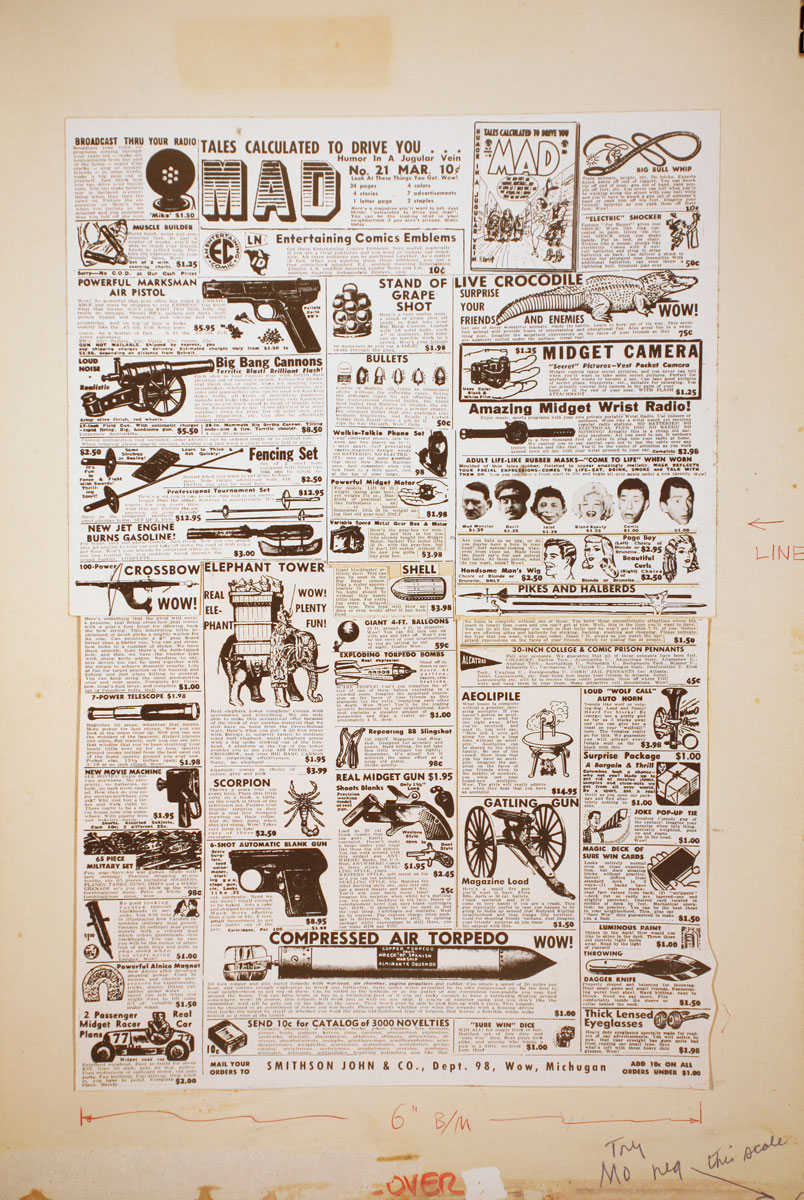
Comic book people do love their origin stories.
The tale of the University of Oregon program in comic studies dates back some seven years, to the 2009 opening reception of the Jordan Schnitzer Museum of Art’s Faster Than a Speeding Bullet exhibition of superhero comic art. Then-UO President Richard Lariviere was on site to help launch the exhibition.
“I don’t think he was terribly interested,” says Ben Saunders, UO professor of English and guest curator of the show. “I think he was doing due diligence.”
“He tried to leave and couldn’t get out of the building,” Saunders explains. “There were so many people trying to get in.”
The moment made an impression on Lariviere, and Faster Than a Speeding Bullet went on to claim more attendees than any exhibition the museum had mounted.
“I had his attention at that point in a way I wouldn’t otherwise,” Saunders says. Lariviere asked what Saunders needed to help keep the momentum going. The answer, according to Saunders, was straightforward.
“I said I wanted to launch a minor.”
Beyond the Superhero
The UO’s formal Comics and Cartoon Studies program (in the Department of English) launched in 2011 — the first of its kind in the nation — allowing students to take coursework toward an interdisciplinary minor.
In 2012, Saunders, known on the UO campus for his crisp Welsh lilt and his natty, nerd-chic sartorial style, guest-curated a more modest JSMA exhibition centered around the art of Charles Schulz’s Peanuts comic strip, another milestone for the nascent program.
Now, after years of planning, Saunders is back with another major exhibition, one he hopes will meet, if not surpass, his previous record-setting run.
Aliens, Monsters and Madmen: The Art of EC Comics has an opening reception May 13, and the exhibit will run through July 10, with numerous roundtable discussions, tours, special guests and lectures planned such as “Race, Shame and Social Justice in EC” May 25 and “Foul Play: Murder and Delinquency in the Comics Debates of the 1950s” June 22.
Centered on the 1950s publisher Entertaining Comics (EC), progenitor of the sardonic Mad magazine, the exhibition will feature dozens of pieces of original artwork from EC’s stable of satire, science fiction, crime, war and horror comics.
“This time around I wanted to really detach the notion of comics studies from superhero studies,” Saunders says. “All of the popular genres were at one time represented [in comic books].”
Saunders says he is particularly excited about the art for the full-length story “My World,” illustrated by legendary artist Wally Wood for 1953’s Weird Science #22. All pages, in sequential order, will be on display.
Saunders can’t help commenting on Wood’s craftsmanship gracing each page: “There’s a depth to the board,” he says of Wood’s layering technique and heavy lines, almost making the comic 3-D. “It’s not reproducible in a book. You have to see the object to see what he did.”
Museum visitors will have the chance to read a half-dozen complete stories from the original art pages, adding a narrative component to the show.
Commerce and Creativity
It is the narrative of EC’s rise and fall within the comic book canon itself, however, that really lets Saunders get his geek on.
“Comics are not a niche thing,” he enthuses. “Comics are the water cooler around which popular culture currently revolves.”
Known for a progressive bent in the straightlaced and repressed 1950s, EC Comics and its visionary counterculture publisher Bill Gaines didn’t shy away from exploring social issues. Saunders points to parallels between “The Guilty” from Shock SuspenStories #3, for example, and the 2015 shooting of Walter Scott by a police officer in South Carolina.
The company became synonymous with its crime and horror comics, which frequently pulsed with livid, lurid and racy artwork. The cover of 1954’s Crime SuspenStories #22, which featured an axe murderer toting the drooling, severed head of his pretty young victim, has become emblematic of the company’s output.
EC quickly attracted unwanted attention from the United States Senate — attention that spurred a movement for content regulation among EC’s competitors. Ultimately, with Gaines falsely branded a communist, the company imploded under the weight of the industry’s new zeal for self-censorship.
“It’s the other publishers who turn on [Gaines] in the end,” Saunders notes. “It’s a story about the relationship between creativity and capitalism, which is a really interesting and nuanced story. Commerce won out against creativity.”
 |
| Orlando, Joe. American, 1953. “Judgement Day” from Weird Fantasy #18, page 7. 13 x 19 in. (7 total). Collection of the Estate of Jerry Weist. |
 |
| Wolverton, Basil. American, 1954. MAD #11: cover art. Pen and ink on Bristol board. 13 x 19 in.; framed. Collection of Glenn Bray (this image was modified for our cover as well). |
 |
| Kurtzman, Harvey. American, 1955. MAD #21: cover ar. Photostat paste ups. 13 x 19 in.; framed. Collection of Glenn Bray. |
Growing Pains
If there’s a happy ending to the EC Comics story, it’s that today the company’s collected catalog is nearly universally regarded as an early apex of the medium’s true capability, worthy of a major exhibition at an art museum.
It’s worthy of university study, as well. The academic minor currently has more than 50 students enrolled, some of whom leveraged Saunders’ guidance (and funds) to found Art Ducko, a student-run comics magazine.
Some of the program’s planned next steps are immediate; on May 20, the university will host a “Hip Hop and Comics” panel.
Other goals will take time. Down the line, Saunders says, he’d like to see graduate-level comics study at the UO, maybe even a master of fine arts degree.
That goal may be a stretch, given the reality of faculty resources. All the instructors in the minor split their time between the Comics and Cartoon Studies program and more generally accepted academic fare. Saunders, in fact, is an expert in 17th-century British poetry.
“I am probably a professor of literature because I read comics when I was 6 or 7 years old,” he says.
“We have now an international reputation in comics studies and we have no one full time,” Saunders continues. “We are at resource limits.”
“We have grown as much as we can with the staff that we have,” he says. “But what we have is pretty fantastic.”
The opening reception for Aliens, Monsters and Madmen: The Art of EC Comics is 6 to 10 pm Friday, May 13, at the Jordan Schnitzer Museum of Art; FREE. The exhibit runs through July 10. To see the full lineup of events, visit jsma.uoregon.edu/EC.